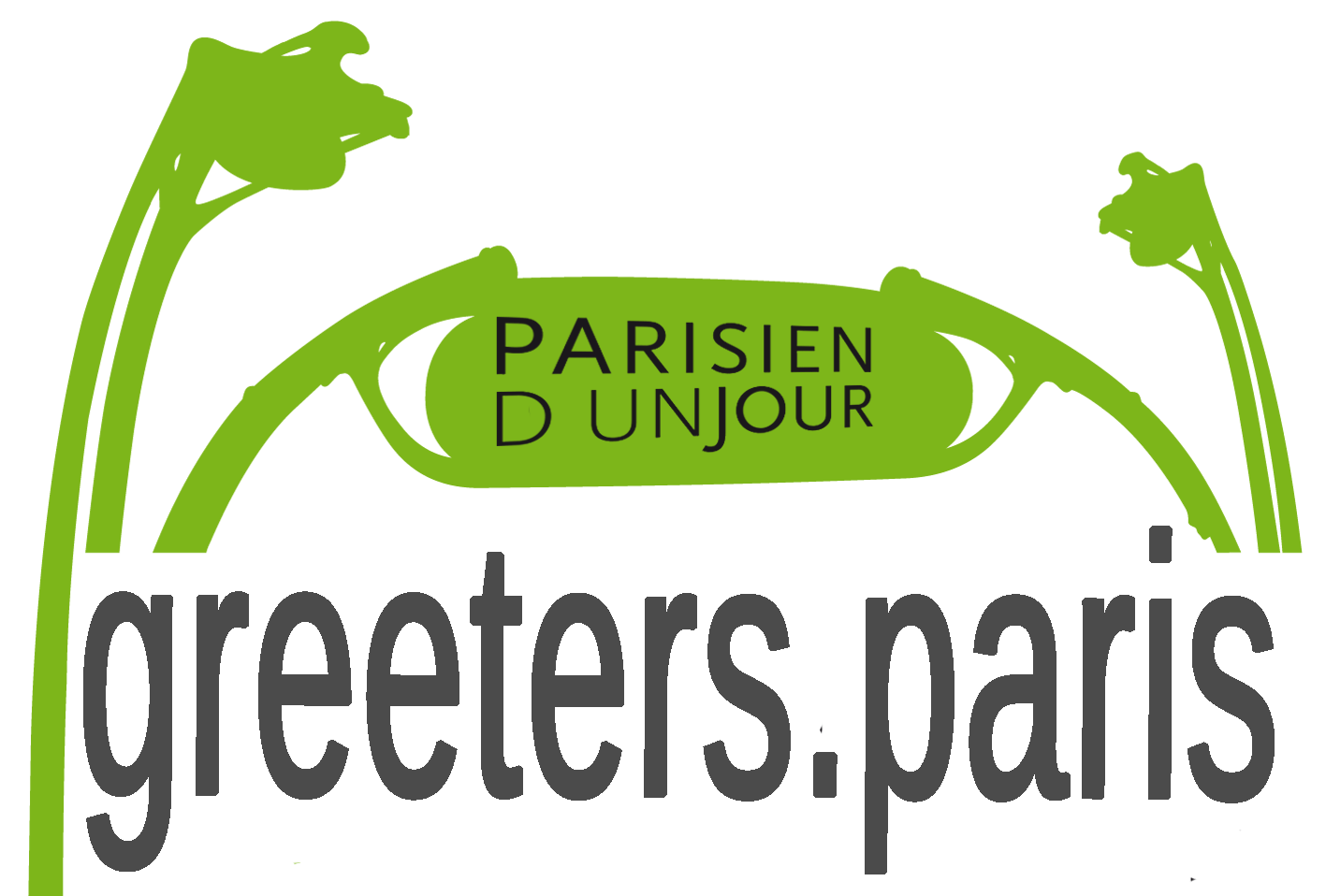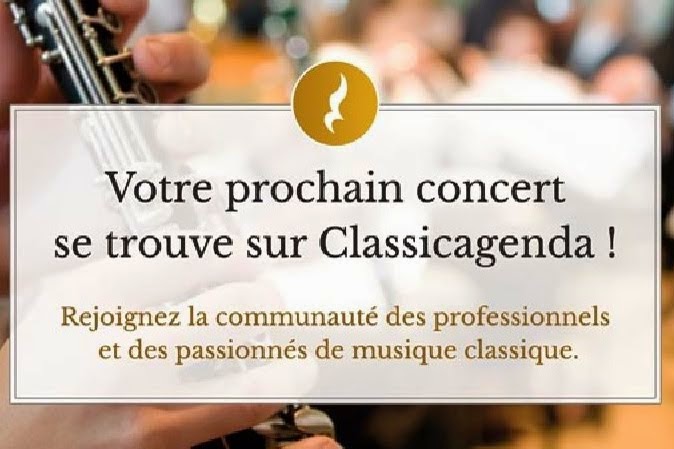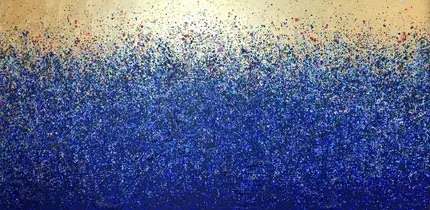22.7.16
21.7.16
Temporary occupation – “Grands Voisins”
A large
space which was occupied by the Saint-Vincent-de-Paul hospital until 2014 is –
temporarily – occupied, with official authorizations and encouragements, by a
number of social activities. Some of the buildings offer accommodations for
needy people, for immigrants… but there is especially a wish to offer a mixed
cohabitation with a number of other activities – coexistence between occupants
and visitors – most of them with emphasis on culture, ecology…. Here it’s possible to sleep (there are even
some camping tents), to work, to shop, to eat and drink, to enjoy yourself… -
somehow a follow-up of the message by the man who gave his name to the
abandoned hospital – Saint Vincent de Paul, the “Great Apostle of Charity” (see
previous posts about him here and here).
In a year
or two, this area will be transformed into an “eco-quartier” offering more
permanent housing, but a touch of the present temporary activities are supposed
to be integrated, the spirit to survive.
Labels:
Paris 14
18.7.16
Medici Aqueduct - Maison Fontainier
The highest
level of water supply per capita in Paris was actually reached during the Gallo-Roman centuries (some 250 litres per person per day), then even higher than today
(some 200 litres per person per day), but...the Roman aqueducts from the 2nd
century were abandoned when new rulers arrived. During the following centuries
some "pipelines" from surrounding hills were installed, basically to supply some monasteries and
royal castles, but the balance of the water came from the Seine and from wells. The water consumption per capita was extremely low for centuries –
some documents mention a yearly bath… (Actually the Vikings had a reputation for cleanliness, they had a weekly bath - the translation of the Nordic word for Saturday
is the day of bathing.)
Henry IV
wanted to improve the water supply and took several initiatives in this
respect. After his assassination in 1610, his widow Marie de’ Medici (mother of
Louis XIII and grandmother of Louis XIV) took over the idea of creating a new
aqueduct, more or less following the trace of the old, abandoned, Roman one. It
was completed in 1623 and is referred to as the “Medici Aqueduct”. The water
was brought to a building, from where some natural cleaning and some
distribution to different users was organised. This building is still there, “La
Maison Fontainier” (see top picture), close neighbour to the Paris Observatory
(see previous post here). It was also the home of the person who had the royal charge
of water supply (fountains). The family Francine had this office 1623 – 1784.
Here we can
see an ancient map of the “Medici Aqueduct” and its approximate route with a
starting point at Rungis, just north of the Orly airport.
Just north
of the Parc de Montsouris (see previous post here), some recent construction
work made parts of the old aqueducts, very close to each other, visible and
some parts can now be seen from the street. (Especially the window protecting
the Medici one would need to be cleaned.)
The “Medici
Aqueduct” had 27 “regards”, small buildings with stairs down to the water
level, points of observation and maintenance. It should be noted that the Medici water
canals were wide and high enough to allow walking along. Here you can see no.
23 and no. 25. “La Maison Fontainier” has the no. 27.
Under the “Maison
de Fontanier” you can still see the 17th century installations.
Different basins and canals permitted a distribution, which in the beginning
meant basically supplying the royalty (Luxembourg Palace…), some convents …. and
a little bit for public fountains.
Until 1845
water just went through, but then a large installation was added, permitting a
regulation of the in- and outflow.
These installations are of course today not used for drinking water, but the aqueduct
supplied the Medici Fountain (see previous post here) in the Luxembourg Gardens
until 1904 and still some “lakes” in the Parc Montsouris.
The Paris water system was completely changed
during the 19th century, but that’s another chapter.
Labels:
Maison Fontainier,
Paris 14
14.7.16
Origami birds… and a park.
Close to “Porte-d’Italie’ in southern Paris you can for
a while find a building, originally white, now with a black painted facade full
of origami birds. The building has been evacuated and will soon be demolished.
“Mademoiselle Maurice” got the opportunity to make the – temporary - largest
example of street art in Paris.
This
brought me to visit the close-by “Parc Kellerman”. This park with a design from
the 1930’s is on a slope between the Boulevard Kellerman and the
“Pérephérique”, the Paris ring road.
On the
lower parts, as we can see on this 1867 map, the River Bièvre used to flow, now
covered.
If the
design from the 1930’s can be felt in its higher parts…
… the lower
parts are much more idyllic…
… with
space for the kids to play…
… and for picnicking,
resting, reading, sunbathing…
Some of the
old trees are really impressive.
Labels:
Paris 13,
Street Art,
Urban Art
11.7.16
Gavarni
Referring
to my recent post about the Dosne-Thiers building - from the windows you have an excellent view
of Place Saint-George. You can see the building where the famous courtesan “La
Païva” lived for a while before moving to her fantastic mansion on the
Champs-Elysées (on which I posted here). Originally (1824) there was a fountain
in the middle of the place. It lost its water when the metro line no. 12 was
created (1906).
The
fountain was replaced in 1911 by a monument (by Deny Peuch) in honour of the
illustrator Paul Gavarni (1804-66), who, as many prominent 19th
century artists, lived in this then fairly recently exploited area.
The
illustrations on the monument refer to Gavarni’s work, which mostly was in a quite
caricaturist style. We see some faces, where water is (was?) supposed to spout.
Here we
have some examples of Gavarni's illustrations referring to masquerades and carnivals…
… and some
with reference to the “lorettes” - young ladies who were some kind of a lower
class courtesans – they had to be supported not by one but by several men. They got their
nickname from the nearby church Notre-Dame-de-Lorette.
Gavarni’s
illustrations were to a large part published in a satirical newspaper, which appeared 1832-1937, “Le Charivari”. This newspaper (as Gavarni himself)
had of course a number of difficulties with censorship, fines, prison, lack of money… It
had a number of other prominent collaborators like Gustave Doré (as from when he was 15 years old). I show an
example where Honoré Daumier and Cham illustrate and refer to Manet’s
exhibition of “Olympia”.
Gavarni was
his artist name – his real name was Sulpice Guillaume Chevallier. He also made
some more “serious” illustrations. Here we can see portraits he made of a young
Victor Hugo, of Balzac, of the Goncourt brothers – all friends to him – and also
a self-portrait… and a caricature of an older Gavarni made by another friend,
Nadar, better known as a photographer.
Labels:
Paris 9
7.7.16
Happy bees...
Bees seem
today to have a better life in cities rather than in the countryside, - fewer insecticides… I found this happy bee, arriving, landing … and making its way to
the centre of the beautiful flower.
I saw this
in the park Jardin Villemin, which you can find between the Canal Saint Martin -
which now is clean and nice again (see here) - and the Gare de l’Est (see
here).
This now
public park used to be part of a convent (Couvent des Recollets), later transformed
to a military hospital.
There were
more bees around…
… of course
attracted by nice flower arrangements.
As in most
parks you find installations for kids (and others).
There is also
a fountain (not giving any water anymore), one of the first to be made in cast
iron, in 1846 (well before the Wallace fountains – see here), which originally
had its place elsewhere in the city, but was placed here in 1977.
Labels:
Paris 10
4.7.16
Icelandic invasion!
Iceland (population
330.000) reached the quarter finals in the European Football (Soccer) Championships,
at present ongoing in France, after making draws against Portugal and Hungary
and beating Austria… and England! Their
quarter final against France was played Sunday evening, July 3 ... and finally lost (5-2 to France).
Awaiting
the match, a large part of the Icelandic population could be found in front of
a bar, close to Moulin Rouge.
A lot of
good optimistic mood!
The street
had to be closed. The crowd was very kindly surveyed by representatives of the
Icelandic police force, “Lögreglan”. For the comfort of the beer drinkers, some
temporary conveniences had been installed.
Subscribe to:
Posts (Atom)

































































